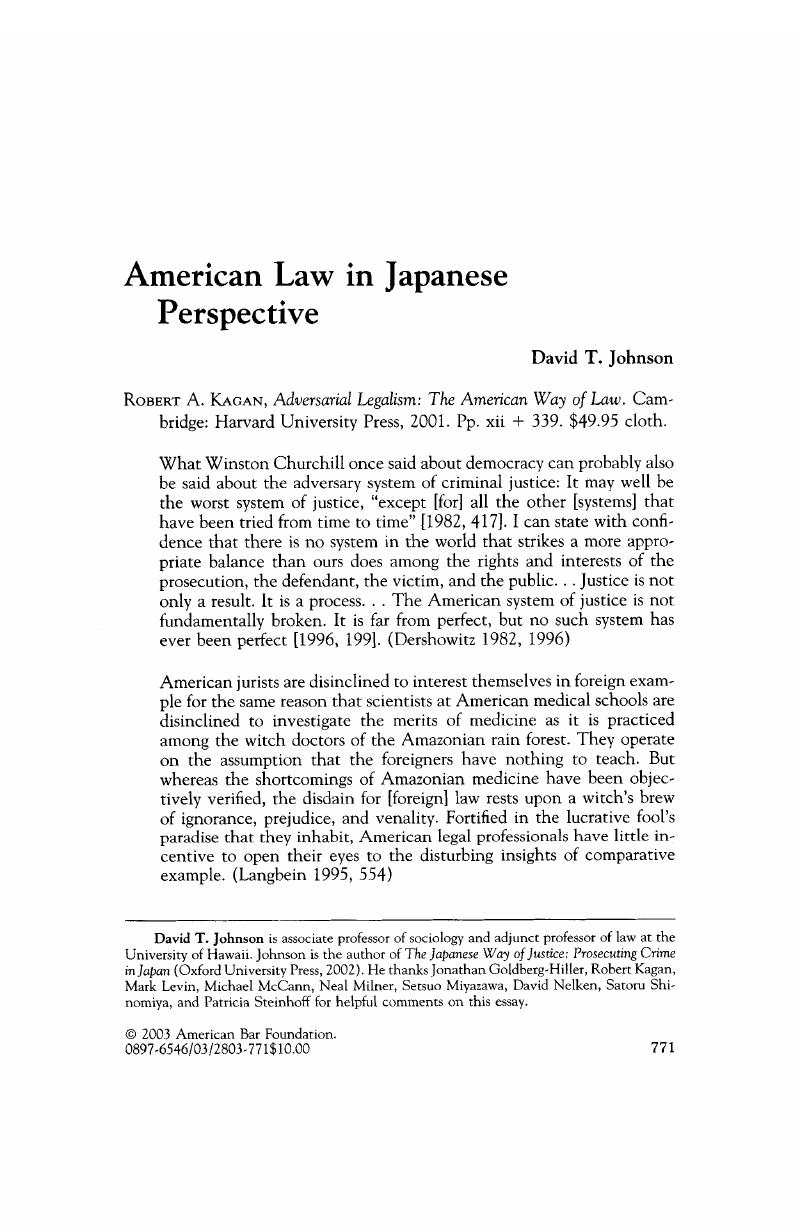Crossref Citations
This article has been cited by the following publications. This list is generated based on data provided by Crossref.
Ganapathy, Narayanan
and
Broadhurst, Roderic
2008.
Organized Crime in Asia: A Review of Problems and Progress.
Asian Journal of Criminology,
Vol. 3,
Issue. 1,
p.
1.
Pontell, Henry N.
and
Geis, Gilbert
2010.
Introduction: White-Collar and Corporate Crime in Asia.
Asian Journal of Criminology,
Vol. 5,
Issue. 2,
p.
83.



